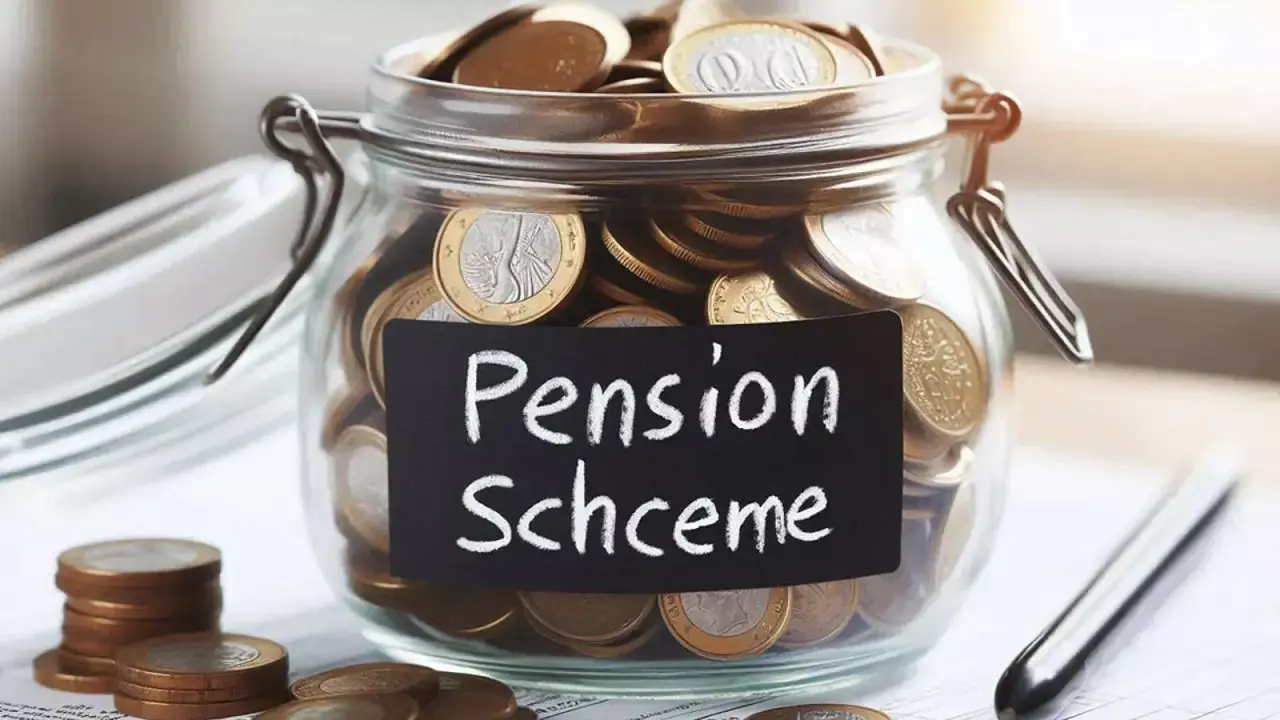Unified Pension Scheme: The Central Government has created a Unified Pension Scheme for all government employees covered under the National Pension System (NPS). The government has announced the implementation of the Unified Pension Scheme (UPS) for its employees.
This scheme will be implemented from April 1, 2025. The aim of this scheme is to provide more secure pension service to the employees. According to the notification issued by the government, once an employee opts for UPS, he will not be able to go back to NPS. This scheme is not only for Central Government employees, but State Governments can also implement it for their employees if they want.
Pension and benefits
Under the Unified Pension Scheme, 50% of the average basic pay of the last 12 months preceding retirement will be given as pension, provided the employee has completed at least 25 years of service. If the employee has completed 10 to 25 years of service, then a minimum monthly pension of Rs. 10,000 will be given. Employees taking voluntary retirement, who have completed 25 years of service, will start getting this pension from the same age at which they used to take normal retirement. In case of death of the pensioner, the family will get 60% of the pension.
There will be relief from inflation.
The government has made it clear that pension, family pension and minimum pension will be linked to dearness relief. This will be beneficial as inflation will not affect pensioners.
Lump sum on retirement
At the time of retirement, employees will get an additional amount in addition to gratuity. This amount will be 1/10th of the basic salary and dearness allowance for every six months of complete service. This lump sum will not have any impact on the pension.

Pension Fund and Contributions
Two funds will be created under the Unified Pension Scheme.
Individual Corpus: In this, there will be equal contribution from the employee and the central government.
Pool Corpus: The government will make an additional contribution to this. Employees will have to contribute 10% of their basic salary + Dearness Allowance (DA), which will be deposited in equal proportion by the government. In addition, the government will contribute an additional 8.5% to the pool fund.
Investment options
Employees will have the freedom to choose the investment option for their personal funds. If an employee does not choose the option, the default investment plan prescribed by the Pension Fund Regulatory and Development Authority (PFRDA) will apply.
Related Articles:-
- Smart Electricity Meter: Govt’s new order regarding Smart Electricity Meter, meters will not be installed in these areas
- IRDAI launched Bima-ASBA feature – this is how it will work
- New Vande Bharat: 2 new high-speed Vande Bharat trains can run on this route, know all details
- UPI users Big Update: Google Pay begins charging fee for bill payments via credit, debit cards
- US Visa Renewal: US reduces eligibility period for visa interview waiver from 48 to 12 months















